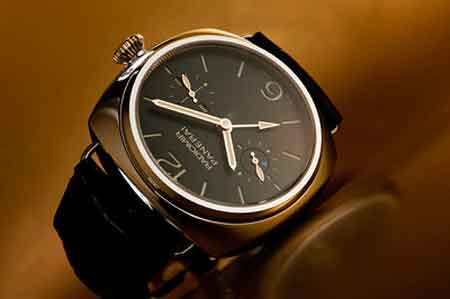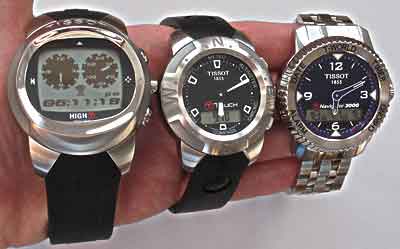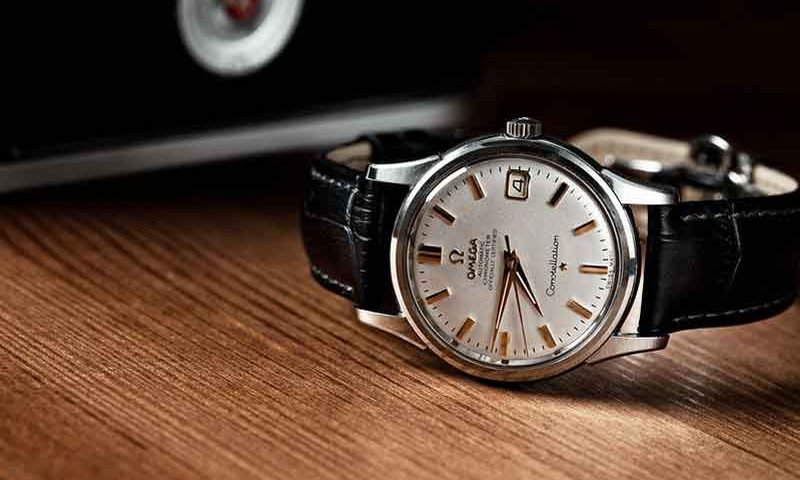The label “Swiss Made” on watches has always been a sign of quality and workmanship. However, the issue isn’t black and white. Terms such as a “Swiss Watch”, “Swiss Watch Movement”, “Swiss Quartz”, and “Swiss Parts” mean very different things, yet are frequently used interchangeably. So where does your watch stand? Here are the basics.
Swiss Made
The assembly work on the movement and on the watch itself (putting all the pieces together into a working watch) must be carried out in Switzerland, along with the final testing. At least 50% of the components must also be manufactured in Switzerland.

Swiss Watch
The same criteria is used as above.
Swiss Watch Movement
This term gets more specific to the motor of the watch itself. At least 50% of the movement’s parts must be manufactured in Switzerland. The movement must be assembled and tested in Switzerland, as well.
NOTE: “Swiss Movement” should always be spelled out on the dial or on the case, or both. The abbreviation “Swiss Movt” is never acceptable. The two words must be in the same type-face and the same size.
Swiss Case
The stamping, polishing and other manufacturing must take place in Switzerland. The case must be assembled and inspected in Switzerland. In addition, at least 50% of the manufacturing cost must originate in Switzerland.
Swiss Quartz
This indication is frequently used to indicate that the quartz movement inside the watch is Swiss, however, legally, if that label is used on the outside of the watch, the watch must meet the “Swiss Watch” criteria – not just the criteria for the quartz movement.

Swiss Parts
This term indicates that the watch was assembled abroad from Swiss manufactured parts.
Another Complicated Label: Chronograph vs. Chronometer
A Chronograph is a stopwatch-type complication on a watch. A chronometer is actually a title awarded to a watch that has been tested and certified to meet certain very strict timekeeping measurement.
The Swiss Watch Federation (FH) has recently voted to ask the Swiss government to strengthen the restrictions for the label “Swiss Made” on watches and with good reason. Many so called “Swiss Made” watches are increasingly made with non-Swiss parts (usually from Asia). Consumer confidence in the term is taking a hit and the industry needs to re-establish the prestigious reputation of the label. If the FH gets its way, 60% or more of quartz watches and at least 80% of mechanical watches would need to be made in Switzerland. This vote also comes at a time when the counterfeit luxury watch market is at an all-time high. Rolex spends vast quantities of money to search out and prosecute counterfeiters and any additional restriction on “Swiss Made” criteria would certainly be helpful. Meanwhile, always purchase your watches from reputable dealers and make sure they come with their papers, warranties and the like. If you are especially concerned, ask the seller if you may have the watch evaluated by an independent watchmaker (at your own expense) before you pay the full purchase price.

